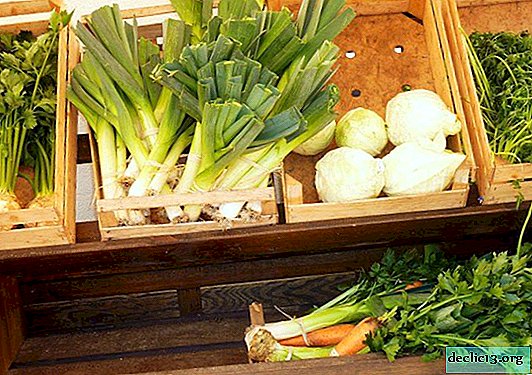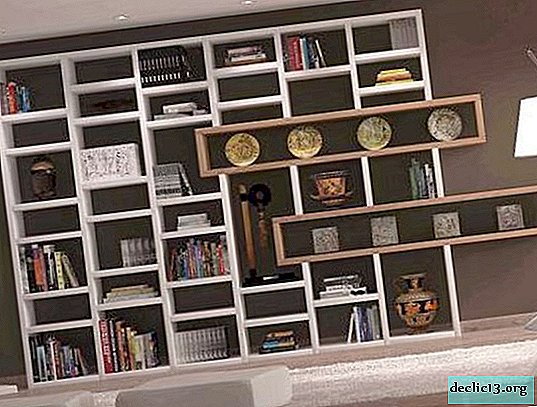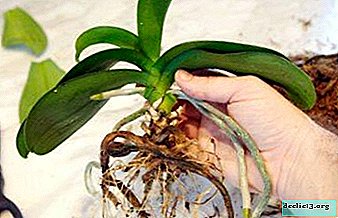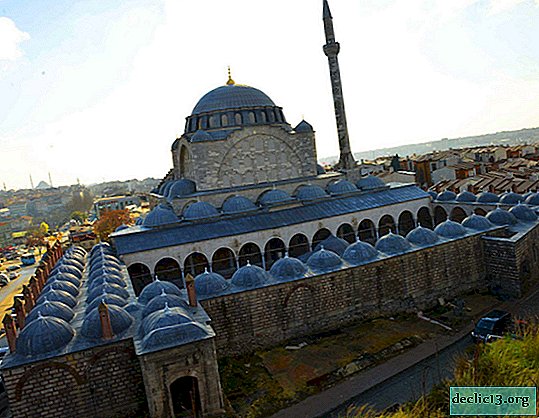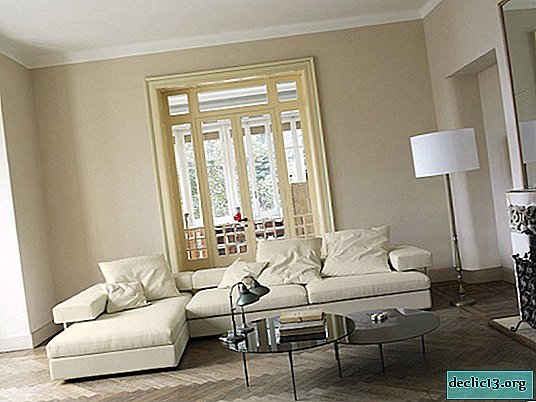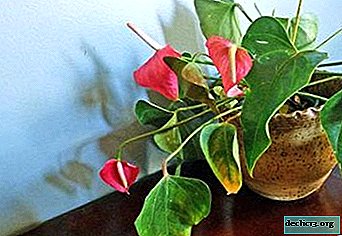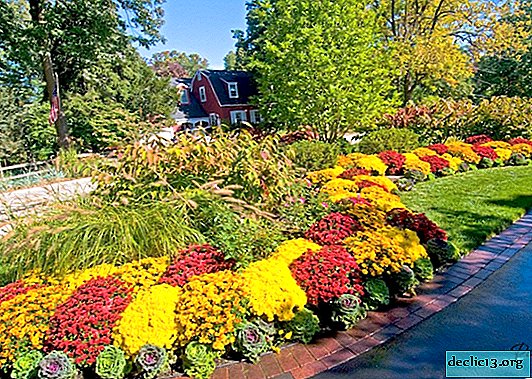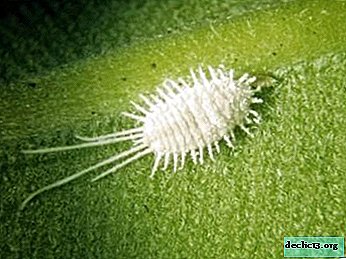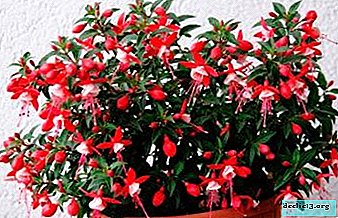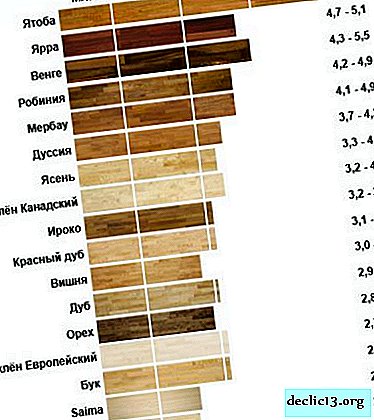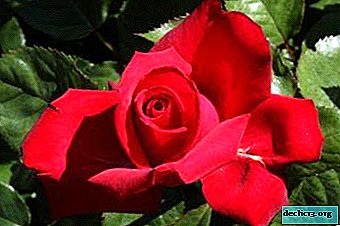What should be in the composition of the soil for Decembrist and how to cook it yourself?

This house is cozy, the window sills of which are decorated with fresh flowers. It is especially pleasant to admire the bright flowering in the crackling December frost. But which of our green pets is capable of such a feat? Surprisingly it sounds - this is a tropical cactus, which appeared in our area a long time ago, and received a sweet nickname Decembrist.
There is no difficulty in caring for the Schlumberger, but plants of this kind are very scrupulous to the soil and containers. So in what land to plant a flower at home?
What land is needed?
If the owner wants to please his pet, he should remember the basic rules for selecting soil. It should be:
- Nutritious.
- Easy.
- Breathable.
- With an acid reaction (ideal - 5.5-6 pH).
- With quality drainage.
In the flower department, the consultant will give advice and select the right soil. Most likely, the buyer will be offered to purchase two options at once - for cacti and universal. For planting, they will need to be mixed in a ratio of 1: 1.
IMPORTANT! It is not recommended to use only one of the above options for growing - otherwise the Decembrist will initially begin to experience a lack of nutrients.Decembrist is a very delicate flower. It is prone to fungal and bacterial diseases. It is important to observe moderate soil moisture and be sure to loosen it more often.
Drainage materials
 There are no plants whose cultivation would be fruitful without the use of a drainage layer. The Decembrist room, like the rest, needs a soil drainage system that can create comfortable conditions and protect soil and roots from rotting from acidification.
There are no plants whose cultivation would be fruitful without the use of a drainage layer. The Decembrist room, like the rest, needs a soil drainage system that can create comfortable conditions and protect soil and roots from rotting from acidification.
Suitable materials are:
- Special raw materials sold in stores for gardeners: pebbles, drainage expanded clay, gravel, ground sphagnum. It undergoes additional treatment from bacteria and is sterile. These materials not only pass water well, but are also able to cleanse the soil of salts of heavy metals and toxins.
- Close to natural raw materials: brick chips, crushed stone, small clay shards.
- Styrofoam crumb. It protects the roots from hypothermia, but the amount of this additive should be minimal, as it does not allow water to pass through well.
A separate place is taken by loosening additives, hydroabsorbent (vermiculite is mixed in a proportion of 1:10 and keeps water in the soil from evaporation) and mineral additives (agoperlite).
Drainage takes up a third of the volume of the pot. Before laying it must be thoroughly rinsed and disinfected. If the grower chooses drainage with large fragments (crushed stone and expanded clay), an additional layer of sand should be put on top of it, if the fine is the substrate itself.
Soil Recipe for Zygocactus
A caring owner can make a useful soil mixture himself.
For example:
- Leafy earth, coarse sand, peat and a wood corner are mixed in equal proportions. You can add turf and humus.
- The next option: 1 part of fertile soil, 1 - sand, 2 parts of peat. Added perlite and pieces of rotted wood bark will help to add more airiness and friability.
- Compost soil and river sand mix in a 2: 1 ratio. Fresh sawdust, activated (or ordinary coal), peat, chopped pine needles and sphagnum are added to this mixture.
- Last idea: 1% perlite and vermiculite, 30% biohumus, 2 layers of drainage and 50% of the GreenWorld mixture.
Pot Tips
- Drain hole. Whatever unearthly beauty the pot was, the absence of at least one drainage hole is an occasion to refuse such a purchase. A poor outflow of water can reduce all efforts to grow to naught (on how to properly grow a wonderful Decembrist at home, read here).
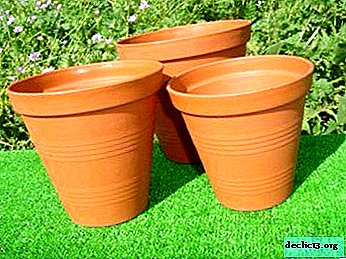 Size and depth It is selected depending on the type of plant. Since the root system of the Decembrist is poorly developed and very weak, the first pot is selected in a small size: enough 6 centimeters in diameter and 10 in height.
Size and depth It is selected depending on the type of plant. Since the root system of the Decembrist is poorly developed and very weak, the first pot is selected in a small size: enough 6 centimeters in diameter and 10 in height.- Pot shape not particularly important, but in a narrow Decembrist will bloom more abundantly.
- Material It is selected solely to the taste of the owner, the pros and cons of each are taken into account:
- Plastic they are lightweight, inexpensive and can be washed quickly, but are unstable, do not have a tray and because of the small drainage holes, excess water does not flow well from them. In such pots, Decembrists rot more often due to poor air intake and liquid evaporation.
- Clay They are massive, evaporate moisture faster, and it is not recommended to plant plants that are temperature-sensitive. But the Decembrist, who is not so capricious, this kind of capacity is suitable. In addition, in clay pots, the roots of the plant receive the maximum possible amount of oxygen.
- Ceramic the properties are close to plastic, but significantly more expensive, so it is better not to consider them at all.
Conclusion
Schlumbergera, zygocactus, Christmas tree - what other plant can boast so many nicknames? And there are certainly no more cacti in such amazingly saturated colors! Want to admire them? Prepare everything you need and meet a new guest!

 Size and depth It is selected depending on the type of plant. Since the root system of the Decembrist is poorly developed and very weak, the first pot is selected in a small size: enough 6 centimeters in diameter and 10 in height.
Size and depth It is selected depending on the type of plant. Since the root system of the Decembrist is poorly developed and very weak, the first pot is selected in a small size: enough 6 centimeters in diameter and 10 in height.